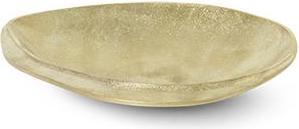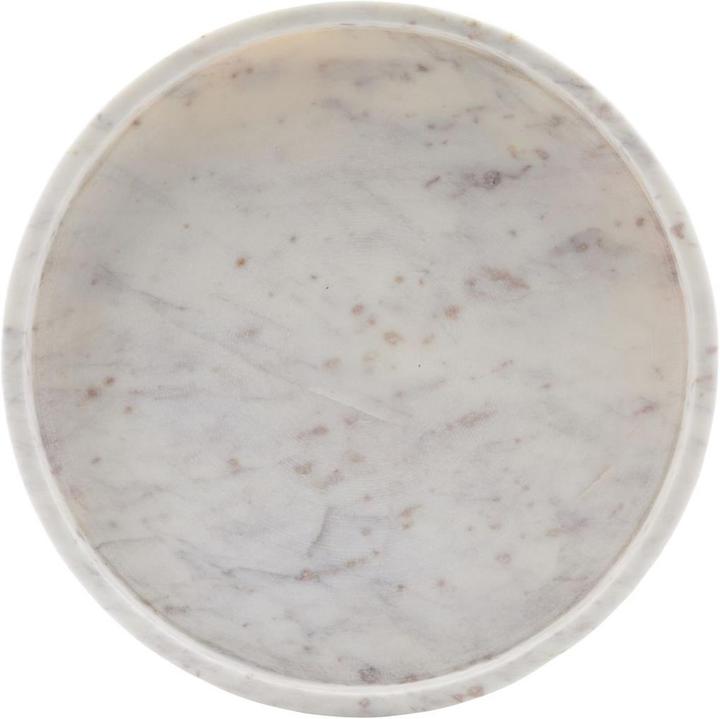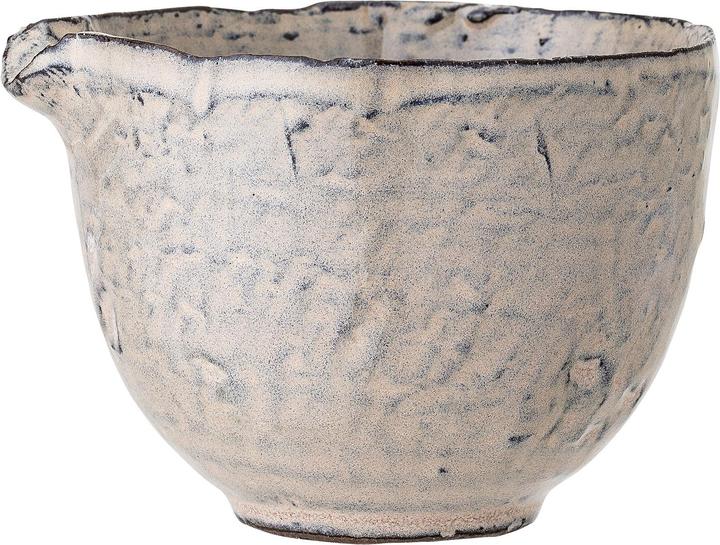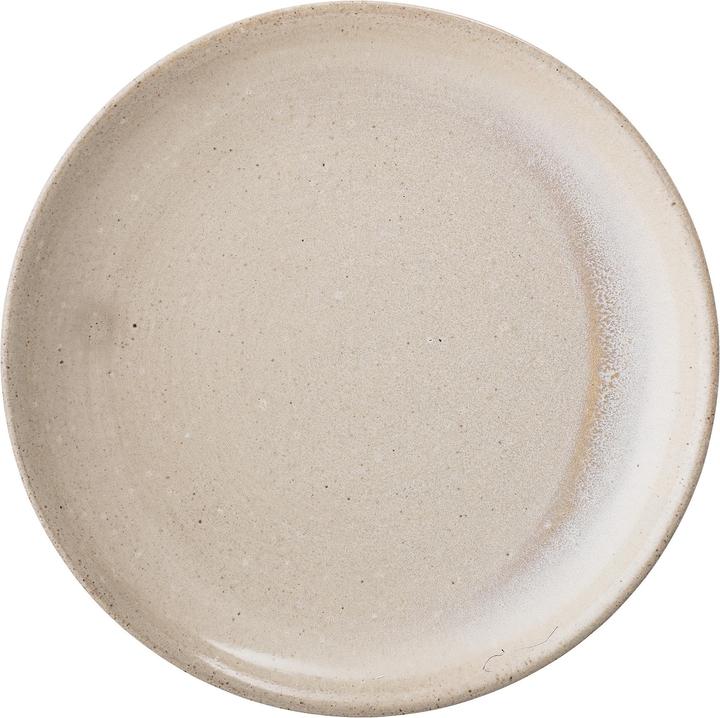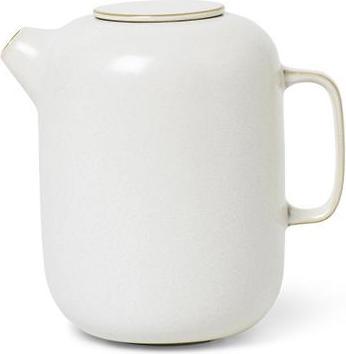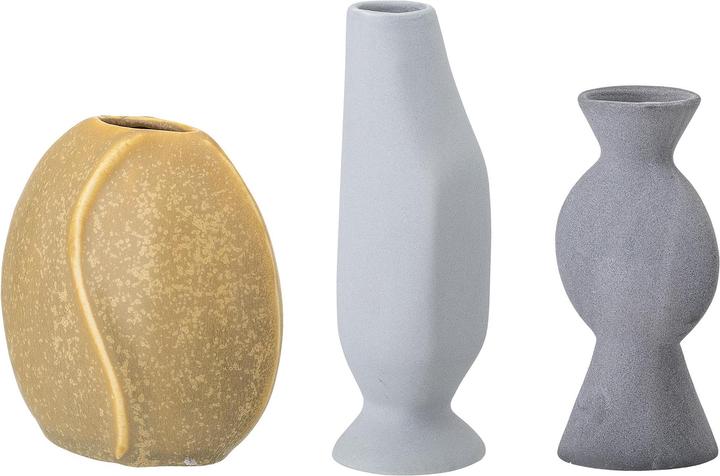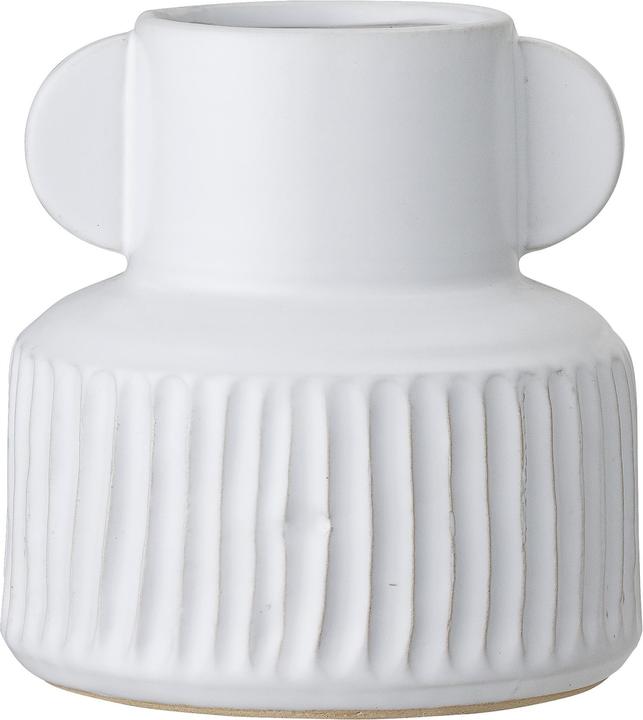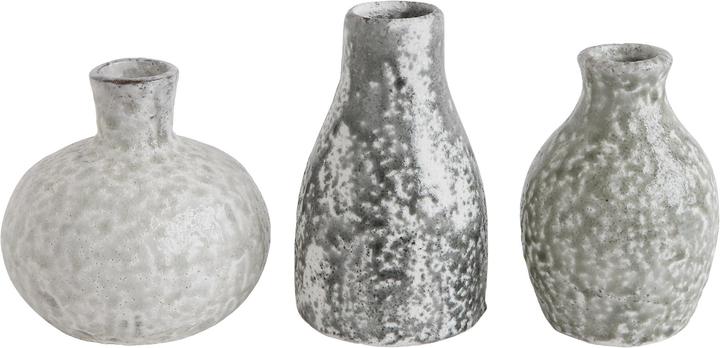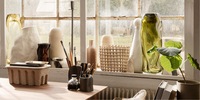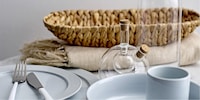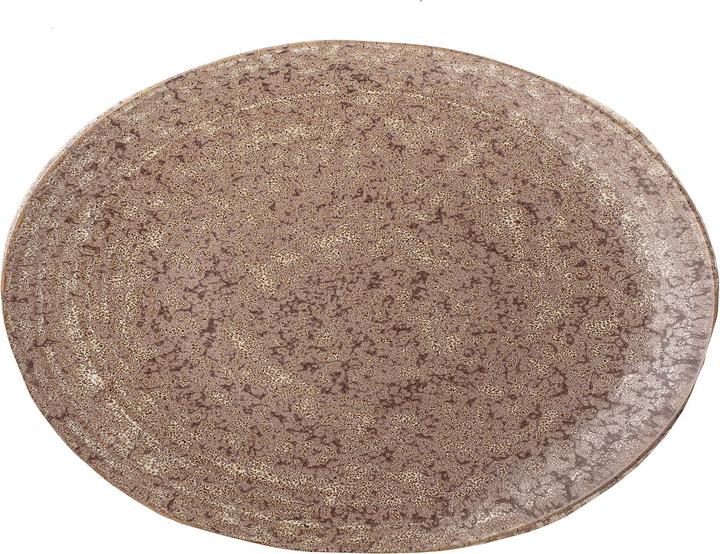

Dexterous asperity
Scars are to people what so-called defects in objects are to design.
Sometimes designers leave it to chance. They bring an idea to life by following a process underpinned by many unknowns. They favour surprises, rough edges and distortions, giving the object its distinctive character. The "imperfect" character can be found today in many collections, especially in ceramic and other objects with marked edges, veritable bulwarks against boredom.
Loving a break with style, I like anything that deviates from the norm: So I happily combine a tablecloth with extravagant objects, I match, with my traditional crockery, rustic trays, mismatched enamelled bowls and bumpy vases. It's a well-known fact that opposites attract and, on my table, mix-and-match works wonders.
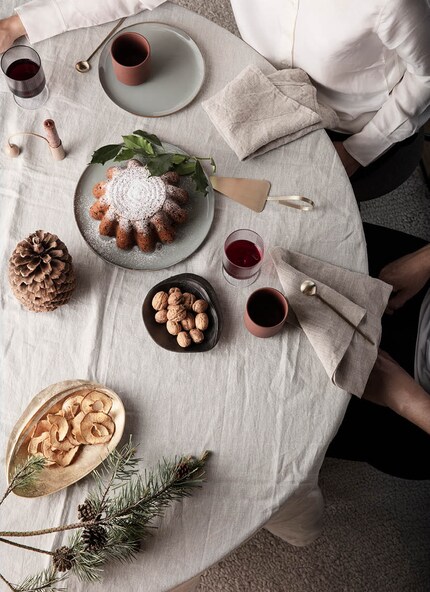
Natural raw materials have one unknown: patina, which makes each object unique. When a designer chooses wood or marble for bowls, he accepts that their shape is identical, but not the surface. Metals, such as brass, oxidise after a certain amount of time and thus display an inescapable colouration.
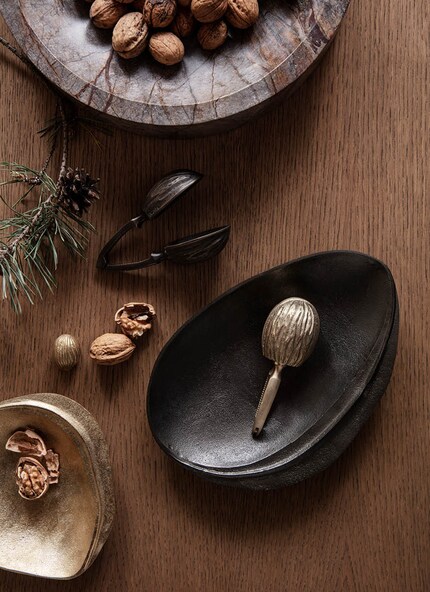
When processing a series of objects, designers can quite easily break away from uniformity by applying a finishing coat more or less at random in order to leave a glimpse of the original material as a watermark.
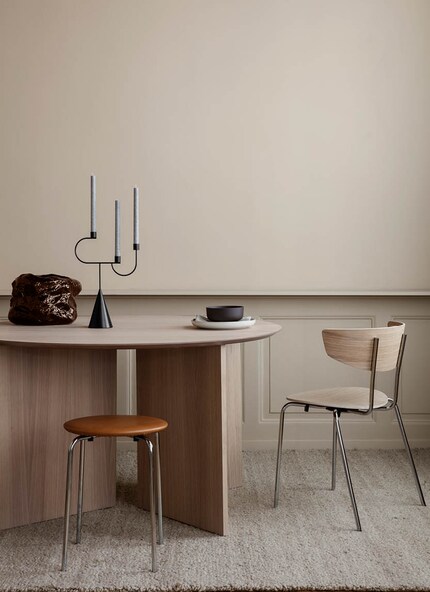
The same goes for shape: irregular vases and flower pots will catch the eye more, as they look dissimilar from different angles. Imperfections occur on handmade objects or when machines are programmed in such a way as to leave rough edges. The more the better.
Follow me so you don't miss out on any of the latest design trends!
Like a cheerleader, I love celebrating good design and bringing you closer to everything furniture- and interior design- related. I regularly curate simple yet sophisticated interior ideas, report on trends and interview creative minds about their work.
